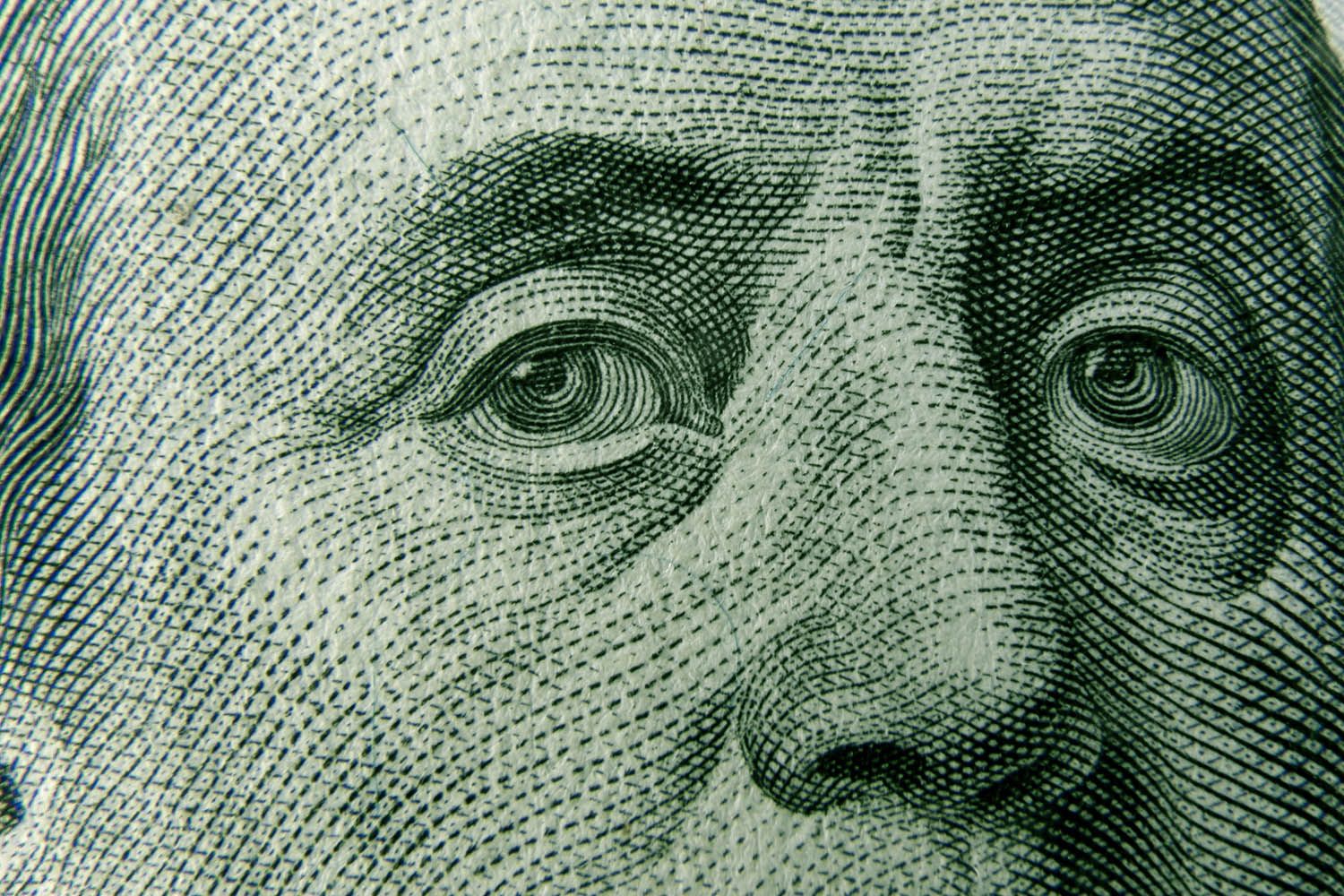Pound-to-Dollar Exchange Rate Battles for 1.40 as U.S. Bond Yields Rise

Image © Adobe Images
- GBP/USD spot rate at publication: 1.4009
- Bank transfer rates (indicative guide): 13619-1.3717
- FX transfer specialist rates (indicative): 1.3777-1.3911
- More information on specialist transfer rates here
The rise in the yield paid on U.S. bonds has risen to new one-year highs, triggering lower stock markets and a stronger U.S. Dollar.
With Pound Sterling treading water ahead of an announcement by the Government detailing an exit from covid-19 restrictions, the stronger Dollar has meant the Pound-to-Dollar exchange rate dipped back below the 1.40 threshold that it overcame in the week prior.
The exchange rate had posted fresh multi-month best at 1.4052 in Asian trade, but markets turned decidedly lower and the Dollar went higher as European markets started the new week.
The yield paid on ten-year U.S. government debt reached a one-year high at 1.394% on Monday as investors started to fret about rising inflation rates in the future.
"USD higher, equities lower; rising US yields are leaving footprints. This is going to get very interesting!" says Marc-André Fongern at Fongern Global Forex.
Above: GBP/USD hit a new high on Monday but has subsequently pulled back.
"The pound has edged back below $1.40 but still remains at a near three-year high. In part, this reflects a generally weak dollar, which remains on the back foot amid expectations that the $1.9 trillion economic relief package will be passed within the next few weeks," says Nikesh Sawjani, an economist at Lloyds Bank.
When expectations for higher inflation in the future rise, investors demand a greater return be paid on the bonds they purchase in order to compensate for higher future inflation.
Higher yields in turn attract international investors into U.S. markets who bid up the value of the Dollar, meanwhile some investors pivot out of equities into bonds noting improved returns that offer a chance to diversify their portfolios.
Investors expect inflation rates in the U.S. and globally to start rising as the world economy recovers from the covid-19 pandemic, aided by a generous support packages from the U.S. government.
All the while the U.S. Federal Reserve maintains a generous programme of quantitative easing and low interest rates which is unlikely to change before 2022.
"We think progress in vaccinations, market reassessment on the size and composition of the fiscal relief package (as Democrats opt for the budget reconciliation process) and potential for a medium-term infrastructure package drove the move in real yields. Higher yields amid stronger US growth are tailwinds for the dollar," says Ashish Agrawal, an analyst with Barclays.
Inflation expectations in the U.S. have risen steadily from their nadir in March 2020 when the covid-19 pandemic starter to sweep the globe and caused a significant slump in global asset prices.
Above: Inflation expectations in the U.S. have been rising. Image courtesy of the Federal Reserve of St. Louis.
The rally means inflation expectations have now recovered to where they were in 2019: should expectations continue to rise then investors will likely continue asking for higher yields on U.S. government bonds, thereby underpinning support for the Dollar.
"After four decades of declining inflation, the tide is turning in the advanced world. Several cyclical and longer-term structural factors suggest that underlying inflation will rise in the coming years," says Holger Schmieding, Chief Economist at Berenberg Bank.
"Markets have begun to sniff out. the increase in price pressures," says Schmieding, "once the pandemic that is still holding back economies starts to fade, the extent to which inflation will rebound and the reaction by central banks to it will likely turn into the top issue for markets."
{wbamp-hide start}
GBP/USD Forecasts Q2 2023Period: Q2 2023 Onwards |
Berenberg are however expecting the return of inflation over the course of 2021-2022 to be relatively benign and the Federal Reserve will therefore not have to stray from their current guidance on monetary policy, i.e. there is no rush to raise rates or reduce quantitative easing.
"Until the healing of labour markets has progressed sufficiently, central bank policy decisions will remain skewed to the dovish side," says Schmieding.
Crucially, for exchange rates, "bond yields look set to rise visibly, but not (yet) to an extent that would materially retard the economic recovery in the next two years," he adds.









